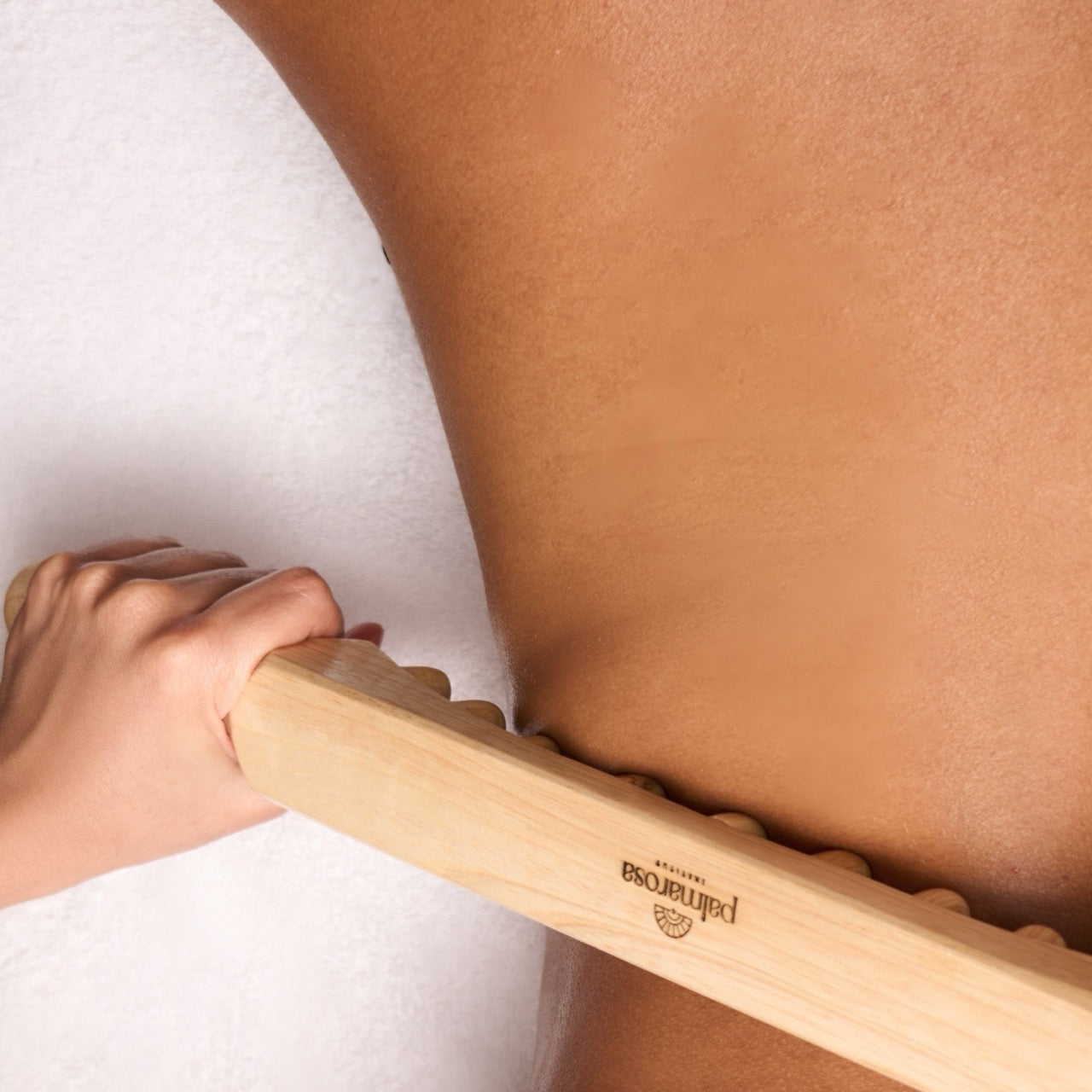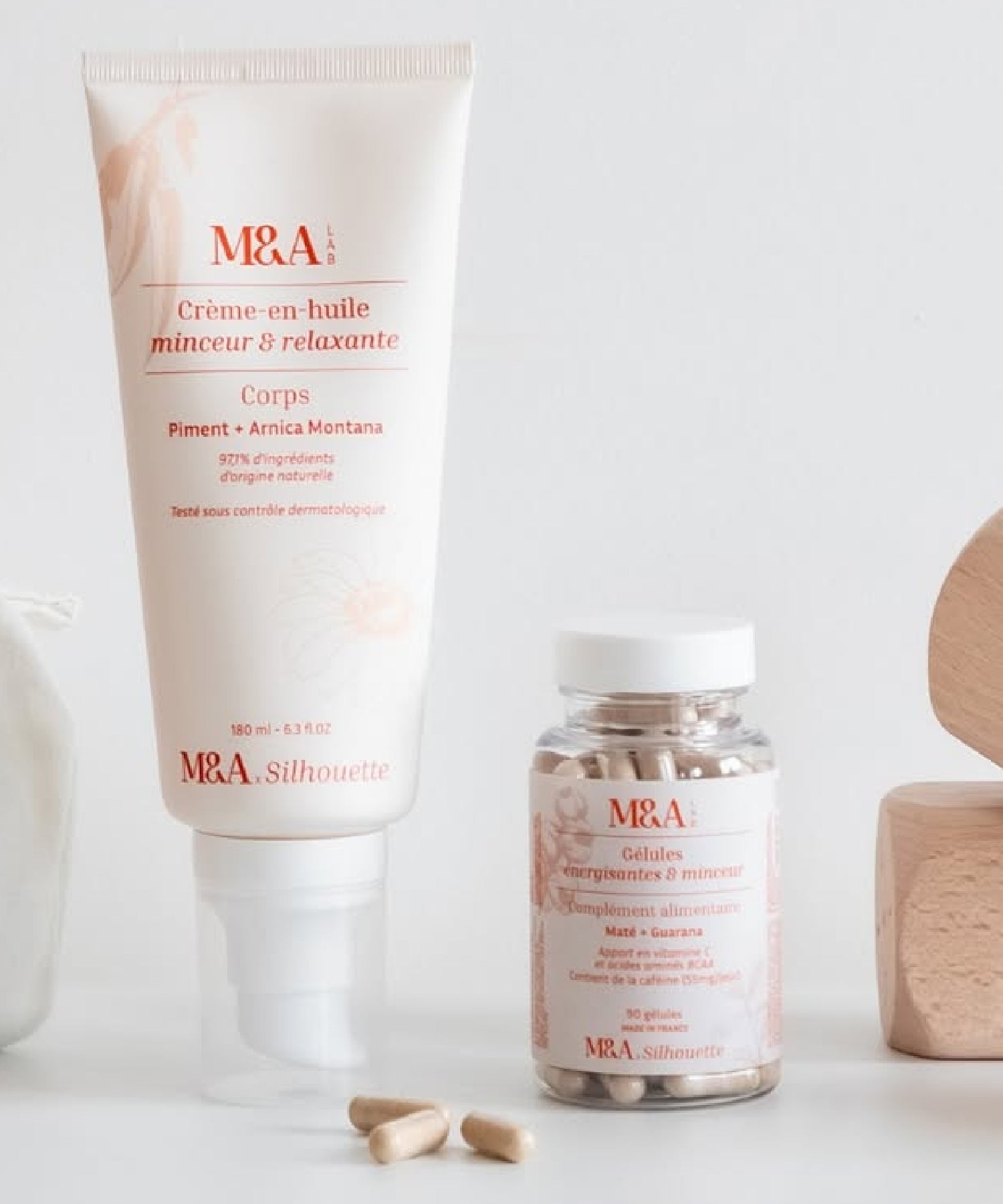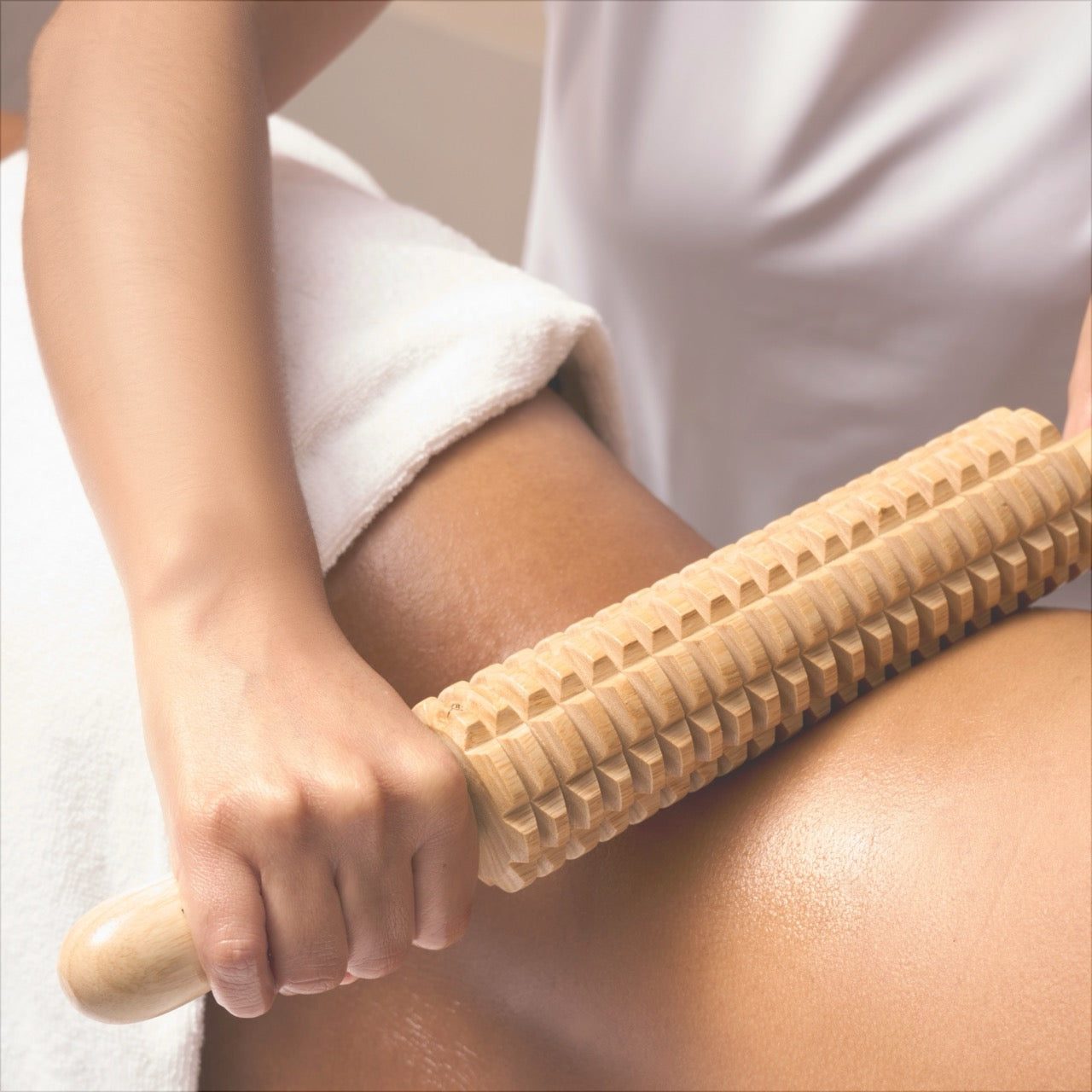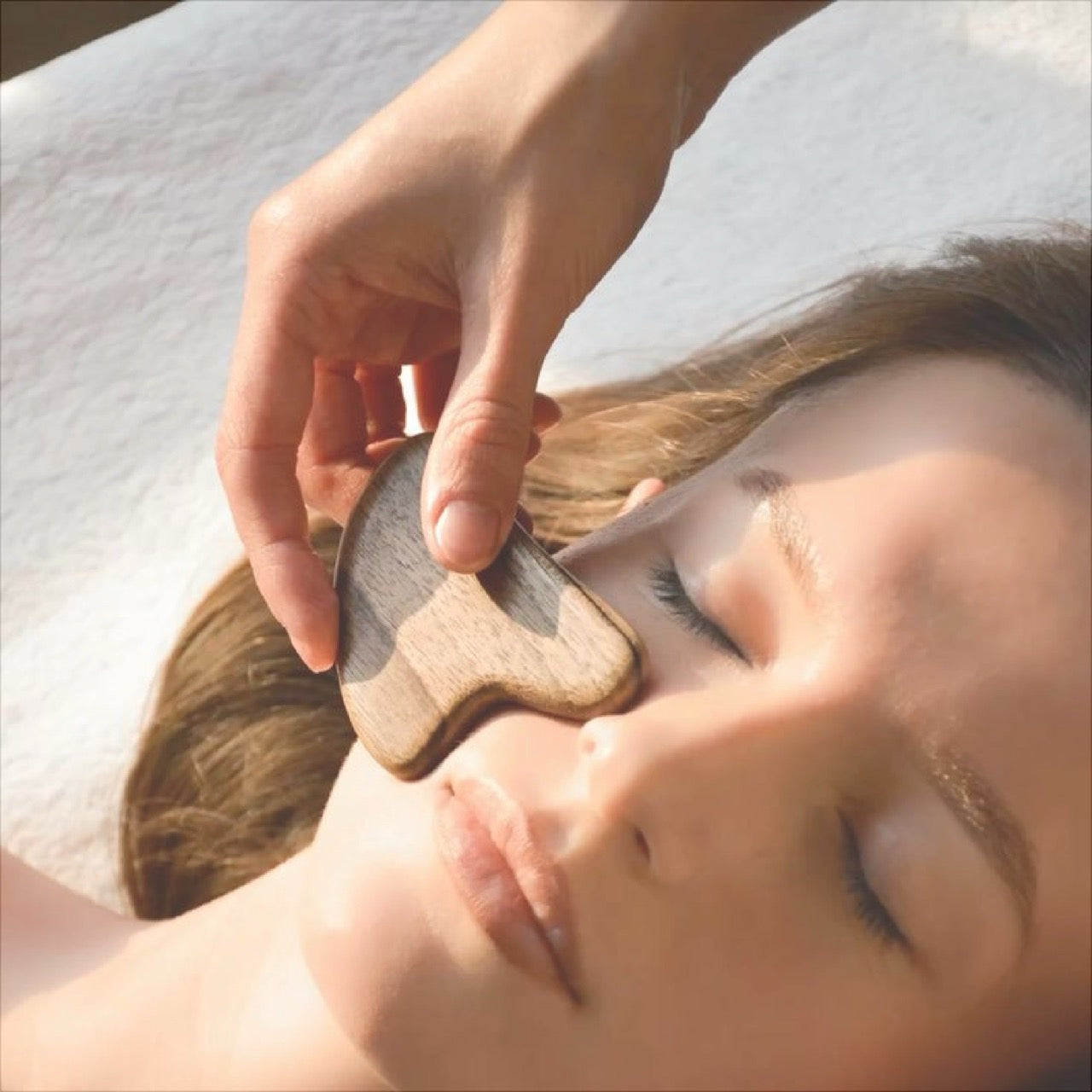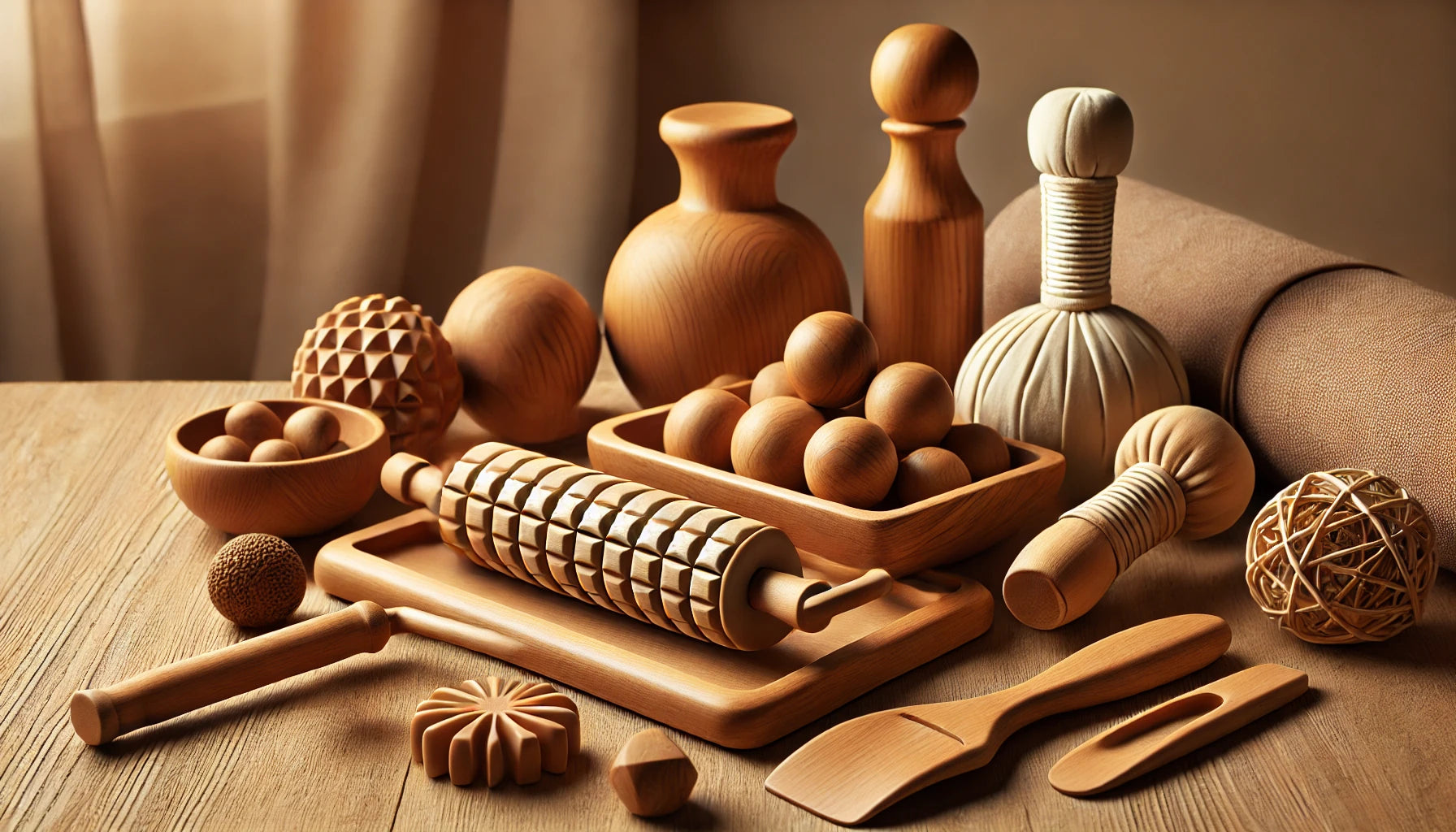Maderotherapy Accessories: Essentials for Optimal Practice
Maderotherapy, an ancient technique from South America, is gaining popularity thanks to its recognized benefits for the figure, relaxation, and body toning. This type of massage uses specific accessories, primarily made of wood, to stimulate blood circulation, smooth the skin, and promote cellulite reduction. But what are these essential accessories, and how do you choose the right ones for your practice? Here's a complete guide to the main tools used in maderotherapy.
1. The smooth roller
The smooth roller is one of the most used accessories in maderotherapy . As its name suggests, it is composed of a perfectly smooth wooden cylinder, allowing for fluid movements on different parts of the body. This tool is ideal for warming up the muscles before starting a more intense session. It also helps improve blood and lymphatic circulation, facilitating the elimination of toxins.
2. The cube roller
Thecube roller is distinguished by its small, raised surfaces, often shaped like cubes, which create a deeper drainage effect. This accessory is particularly recommended for treating cellulite, as its raised angles penetrate deeper into the tissues, stimulating the breakdown of fatty deposits and improving skin firmness.
3. The sculpting board
The sculpting board is a flat tool with curved edges used to shape specific areas such as the thighs, abdomen, and arms. Using scraping motions, it helps break down subcutaneous fat deposits and stimulate lymphatic drainage. It's a popular tool for those looking to naturally slim their figure.
4. The Swedish cup
The Swedish cup, also known as "cupping," is an instrument used for circular massages to stimulate localized areas. This accessory helps break up fatty deposits, smooth the skin, and improve its overall texture, leaving a feeling of firmness and toning. It is particularly effective when used in conjunction with an anti-cellulite treatment.
5. The maderotherapy mushroom
The anti-cellulite mushroom is a wooden accessory with a round head used for circular massages on the face and body. Its ergonomic design allows for a good grip and is perfect for smaller and more sensitive areas. It is often used for relaxation treatments, but also to firm and tone facial skin.

How often should I use maderotherapy?
The ideal frequency for practicing maderotherapy depends primarily on your goals and physical condition. If you're looking to reduce cellulite or reshape your figure, it's recommended to start with 2 to 3 sessions per week . This regularity helps continuously stimulate lymphatic drainage and effectively break down fatty deposits.
Once you've seen initial results, you can space out sessions to once or twice a week to maintain the benefits. For those who simply want to enjoy the relaxing effects of maderotherapy or improve blood circulation, one weekly session may be sufficient. The key is to listen to your body and find the rhythm that works for you.
Does Maderotherapy Really Work?
The question of the effectiveness of maderotherapy often comes up, especially among those who want visible results on cellulite and body tone. According to the testimonies of many users and studies on lymphatic drainage techniques, maderotherapy can give good results , provided it is practiced regularly and in addition to a healthy lifestyle.
The benefits of maderotherapy are manifested in particular by:
- An improvement in blood and lymphatic circulation , promoting the elimination of toxins;
- A visible reduction in cellulite , particularly in areas such as the thighs, buttocks and abdomen;
- A firming of the skin , which becomes smoother and more toned over the sessions;
- A relaxing effect and a reduction in muscle tension.
However, it's important to note that maderotherapy shouldn't be considered a miracle cure. It's most effective when combined with a balanced diet, good hydration, and regular exercise. Results also vary from person to person, depending on the type of cellulite (adipose, aqueous, or fibrous) and the consistency of treatments.
Is maderotherapy painful?
One of the major concerns for people new to maderotherapy is the potential pain experienced during sessions. Maderotherapy is generally not painful , but it all depends on individual sensitivity and the areas being treated.
Certain parts of the body, such as the thighs or abdomen, may be more sensitive, especially in cases of fibrous cellulite or if the skin is particularly reactive. In this case, it is possible to feel slight discomfort or even temporary pain, especially at the beginning of the treatment. However, this sensation tends to diminish as the body gets used to the technique.
It's important to choose a qualified professional who can adjust the pressure based on your needs and pain tolerance. If you're performing maderotherapy at home, be sure to use the tools gently and avoid applying force to sensitive areas. The key to a successful session is controlled movements and moderate pressure to avoid excessive pain.
Conclusion
Maderotherapy is a natural and effective method for improving the appearance of skin, reducing cellulite, and firming tissues. Tools play a key role in this practice, each with a specific function to target the body's needs. By combining the right tools and the right frequency, the results can be impressive, both aesthetically and in terms of overall well-being.
If you're new to this practice, don't hesitate to learn more about the different types of accessories and experiment to find the ones that work best for you. And remember, consistency is key to maximizing the benefits of maderotherapy.
Read more
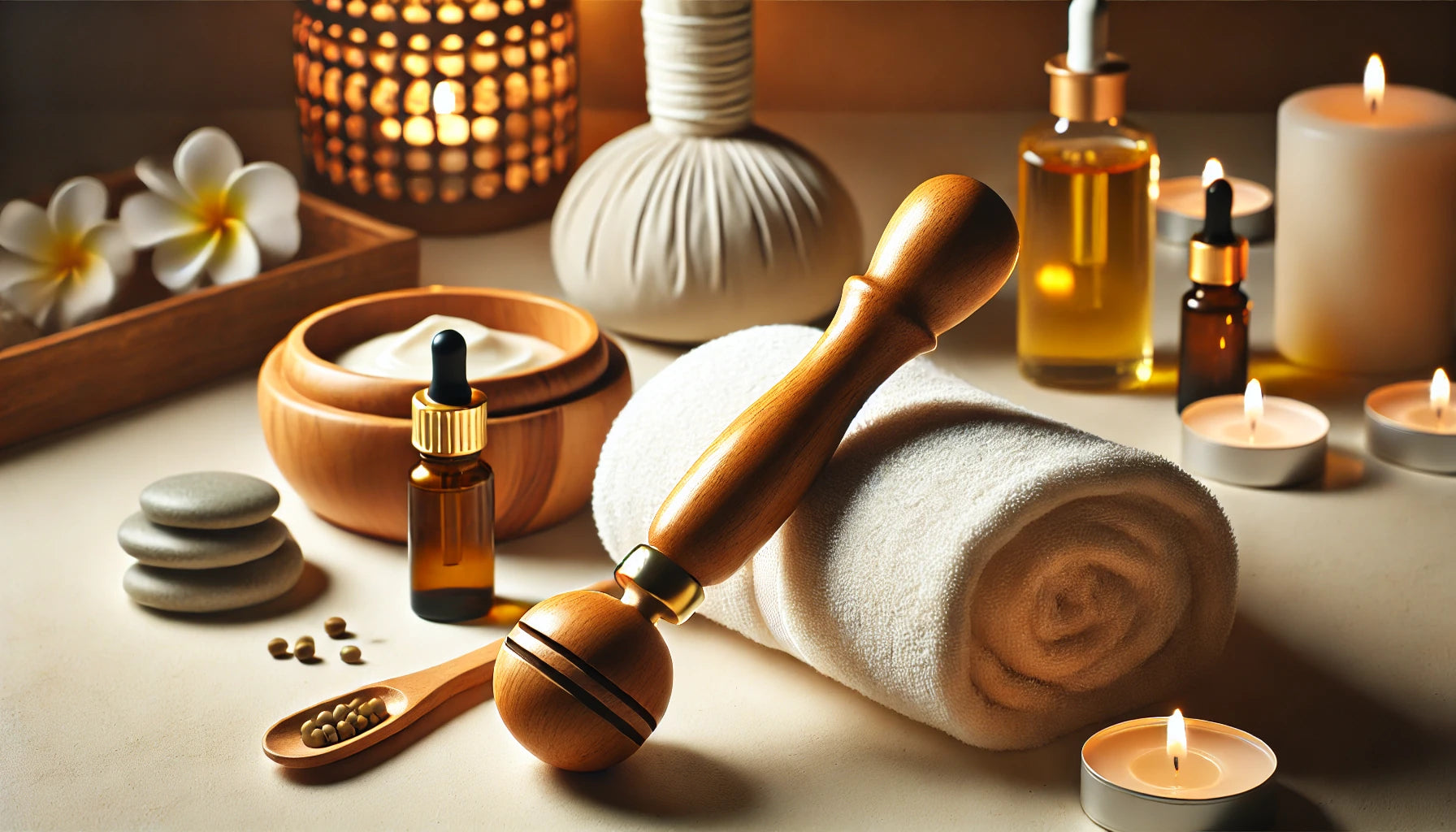
What is facial maderotherapy? Facial maderotherapy is a massage technique that uses specially designed wooden tools to stimulate and tone the skin . It focuses on the face to provide anti-agin...
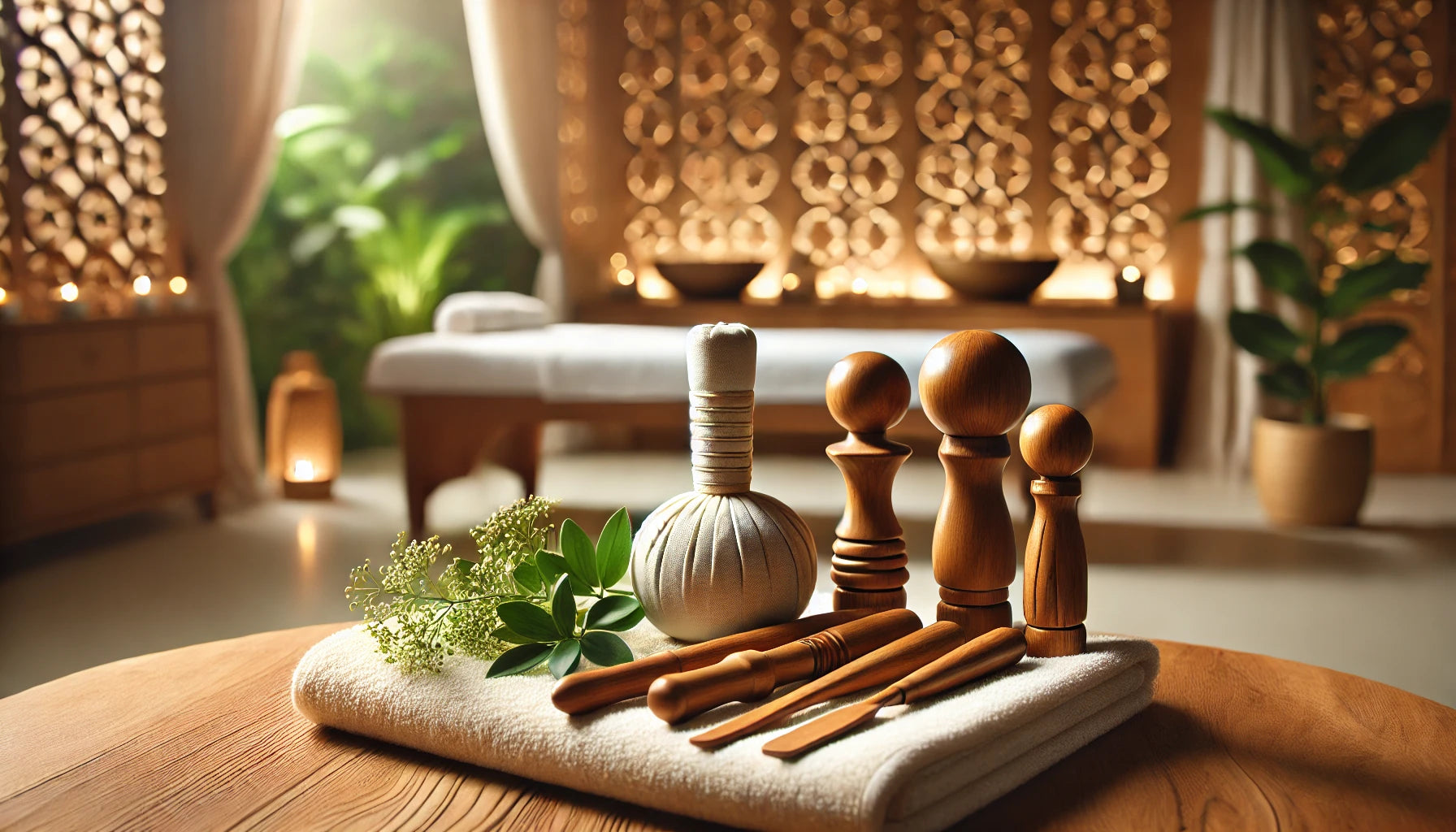
Contraindications of Maderotherapy: What to know before you start Although maderotherapy , or wood therapy, is an effective method for relieving muscle tension, reducing cellulite, and imp...
